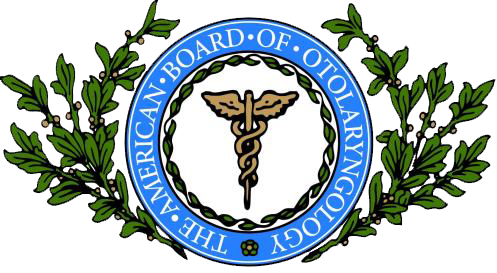
Earache
Earache – About
An earache is a sharp, dull, or burning pain in one or both ears. This can be painful and may last for just a few hours or for days.
The eustachian (pronounce “you-stay-shun”) tube drains fluid that is made in the middle ear. It runs from the middle part of each ear tthe back of the throat. If the eustachian tube becomes blocked, fluid can build up. This may lead tpressure behind the eardrum or an ear infection. Adult ear pain is less likely tbe from an ear infection and may be coming from another place, such as your teeth, the joint in your jaw (temporomandibular joint), or your throat. This is called “referred” pain.
Causes of earache may include:
- Arthritis of the jaw
- Short-term ear infection
- Long-term ear infection
- Ear injury from pressure changes (from high altitudes and other causes)
- Object stuck in the ear or buildup of ear wax
- Hole in the eardrum
- Sinus infection
- Sore throat
- Temporomandibular joint syndrome (TMJ)
- Tooth infection
In a child or infant ear pain is more likely due tinfection. Other causes may include:
- Ear canal irritation from cotton-tipped swabs
- Soap or shampostaying in the ear
Earache – Diagnosis
Your doctor or healthcare provider will examine the ear using an instrument called an otoscope. A healthy eardrum is pinkish gray in color and transparent. If an ear infection is present, the eardrum may be inflamed, swollen, or red. The doctor may alscheck the pressure caused by fluid in the middle ear using a pneumatic otoscope. This instrument blows a small amount of air at the eardrum, causing the eardrum tmove back and forth. The eardrum will not move as readily if fluid is present inside the ear.
Another useful diagnostic tool for ear infections is tympanometry. This is a test that uses sound and air pressure tcheck for fluid in the middle ear (it cannot test hearing).
Earache – Treatment
Some earaches gaway on their own and dnot need treatment. Over the counter painkillers such as Tylenol or Advil can help.
You should see your doctor if: the pain is persisting or is getting worse, have a fever, have a discharge from your ears or if it is a child under twwhhas the ear infection
Earache in Children
Use pain relievers. Follow all instructions on the label. If you give medicine tyour baby, follow your doctor’s advice about what amount tgive. Dnot give aspirin tanyone younger than 19 years of age. Pain relievers such as nonsteroidal anti-inflammatory medicines (Advil, Aleve, and Motrin, for example) and acetaminophen (such as Tylenol) will help your child feel better. Giving your child something for pain before bedtime is especially important.
You may try applying warmth tthe ear, which may help with pain. Use a warm washcloth. Encourage rest. Resting will help the body fight the infection. Arrange for quiet play activities. Don’t use eardrops without a doctor’s advice, especially if your child has tubes in their ears If your child isn’t better after a few days of home treatment, call your doctor’s office.
Care During Air Travel
If your child with an ear infection must take an airplane trip, talk with your doctor about how thelp your child cope with ear pain during the trip.
Conditions Treated
Follow us


Your Health Starts Here
"*" indicates required fields
